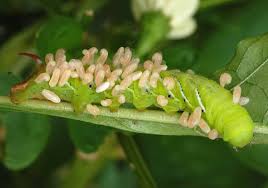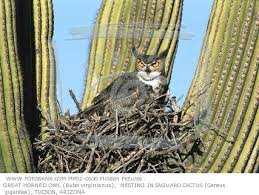Team members
Names / Roles:
-
[wang yuzhen] (Leader)
- [ nur'afiqah, wang yuzhen] (Wiki Writer)
- [lin huiting] (Researcher)
- [yong ziwei, xiaoxuan] (Researcher)
Overview
In this section, include a brief description of the allocated ecosystem. You should include the following information:
- Location of the ecosystem: DESERT
- Description of ecosystem: dry, hot place where there is living organisms.
-
Biodiversity of ecosystem (richness of life in ecosystem): A Hot and Dry Desert is, as you can tell from the name, hot and dry. Most Hot and Dry Deserts don't have very many plants. They do have some low down plants though. The only animals they have that can survive have the ability to burrow under ground. This is because they would not be able to live in the hot sun and heat. They only come out in the night when it is a little cooler.
Physical Factors
Search the Internet for information on the following physical factors in the allocated ecosystem.
Classification of Living Organisms
Classify at least eightof the living organisms found in the allocated ecosystem into the categories below:
PRODUCER: cactus, shrubs, plam trees, seeds,grass
primary consumer:kangaroo rat, cactus wren,packrat, javalina ,long nose bat,desert cotton tail, camels
Secondary Consumers: coyote,dingo, snakes, tarantula, scorpians, gila monster,desert tortise
- Tertiary Consumers: birds
- Decomposers: ants, beetles, fungi and micro-organisms.
-
For each of the living organism, find a picture and write a short description on the organism. You may wish to include feeding habits, region in the ecosystem where it is normally found etc.

Food Web
Create a food web using at least eight of the living organisms listed above. You may wish to use Microsoft PowerPoint to create your food web. Save your food web as a picture. Finally copy and paste your picture in this section of your wiki.

Interrelationship in Ecosystem
Give at least one example for each of the following relationships in the ecosystem:
- Predator-prey relationship: snakes eating its prey,
-

- Parasitism
-

- Mutualism
-

Useful Links
Plagiarism is a strongly discouraged.
Include the links of all websites you obtained information from to complete your ecology wiki.
For example:
Wild World @ nationalgeographic.com ( http://www.nationalgeographic.com/wildworld/terrestrial.html )
Comments (1)
Ms Chin Su Min said
at 11:24 pm on Mar 15, 2012
interesting pictures! however, you should find a bigger picture for the food web, as the details in the picture are too small to be seen. note the alignment too (e.g. for section "interrelationship in ecosystem").
You don't have permission to comment on this page.